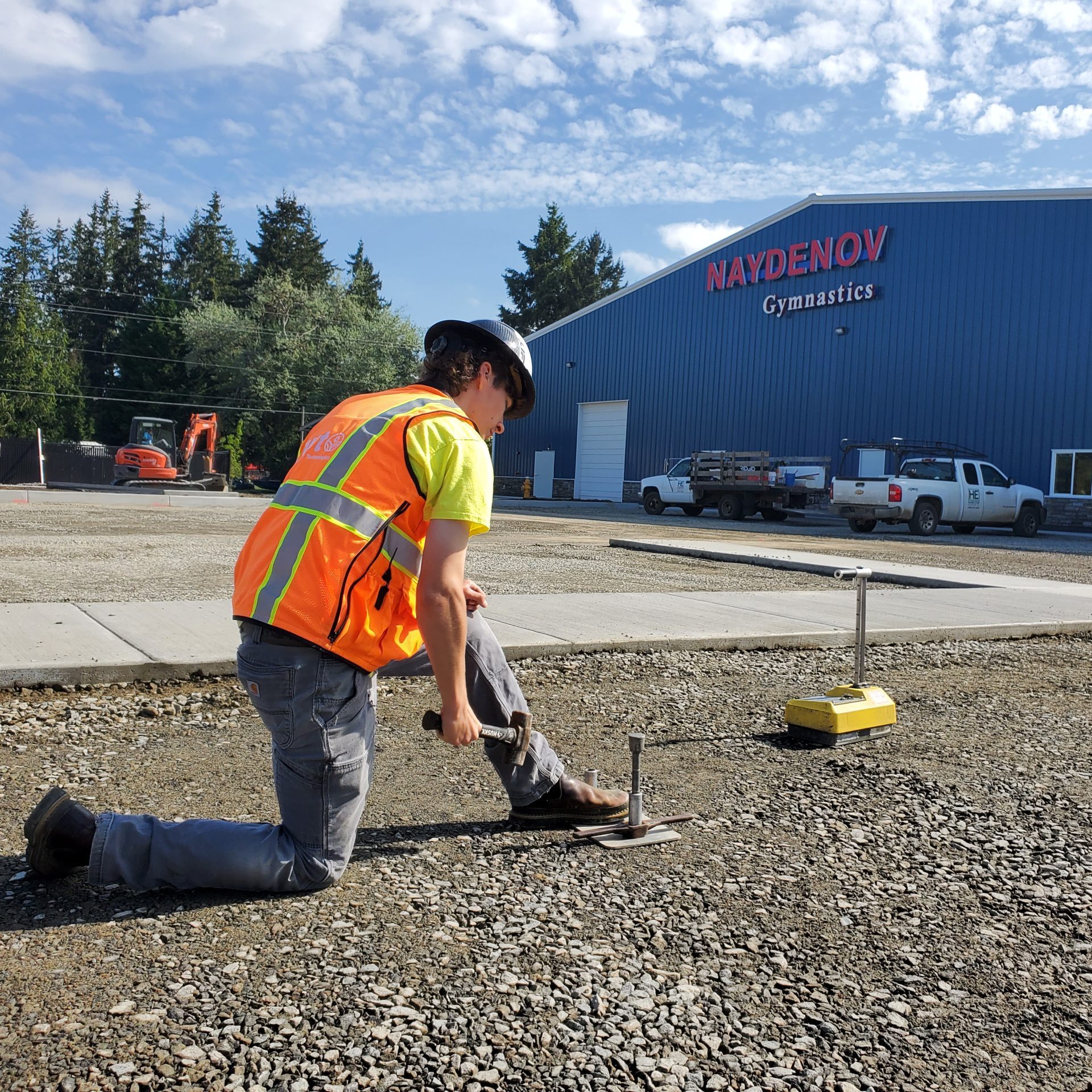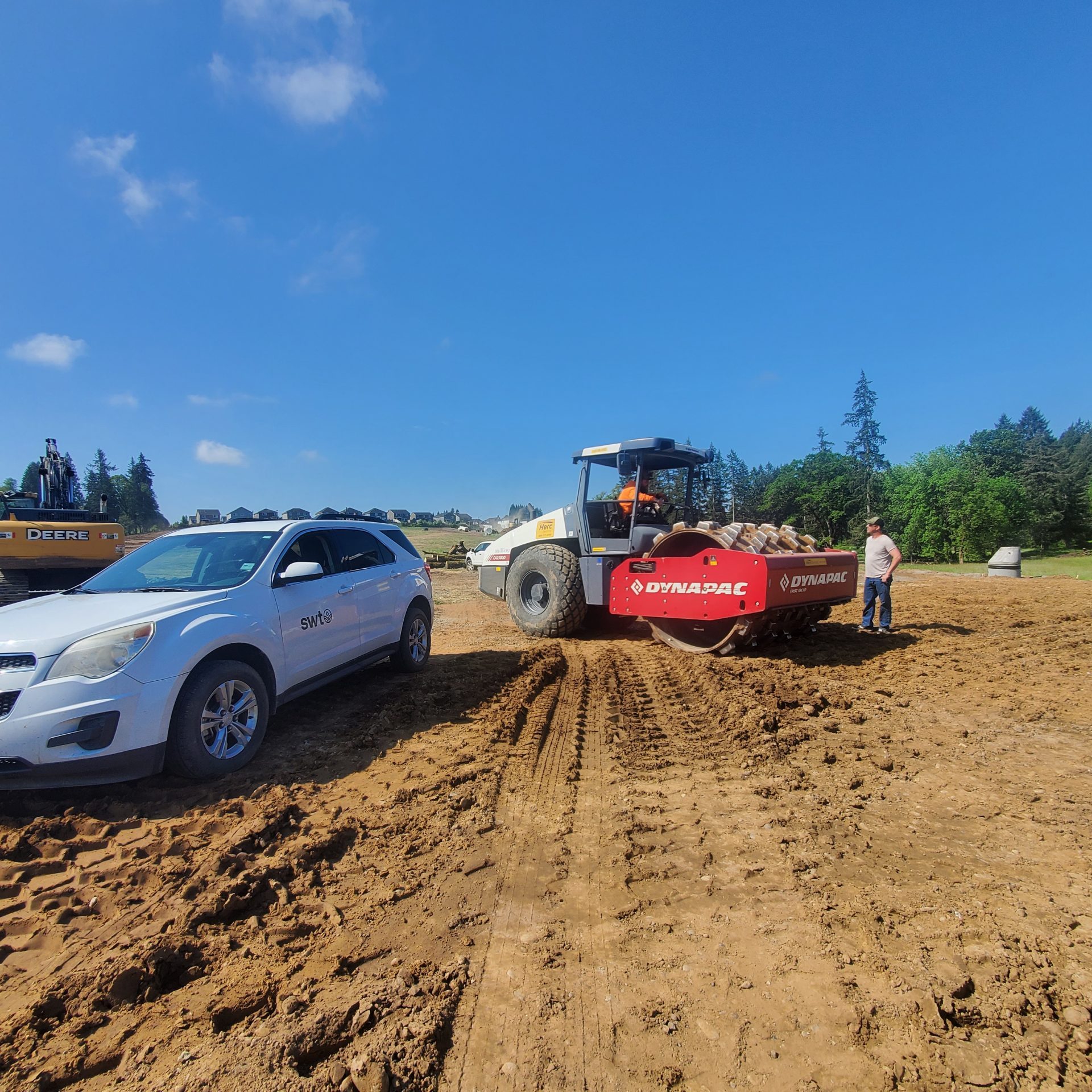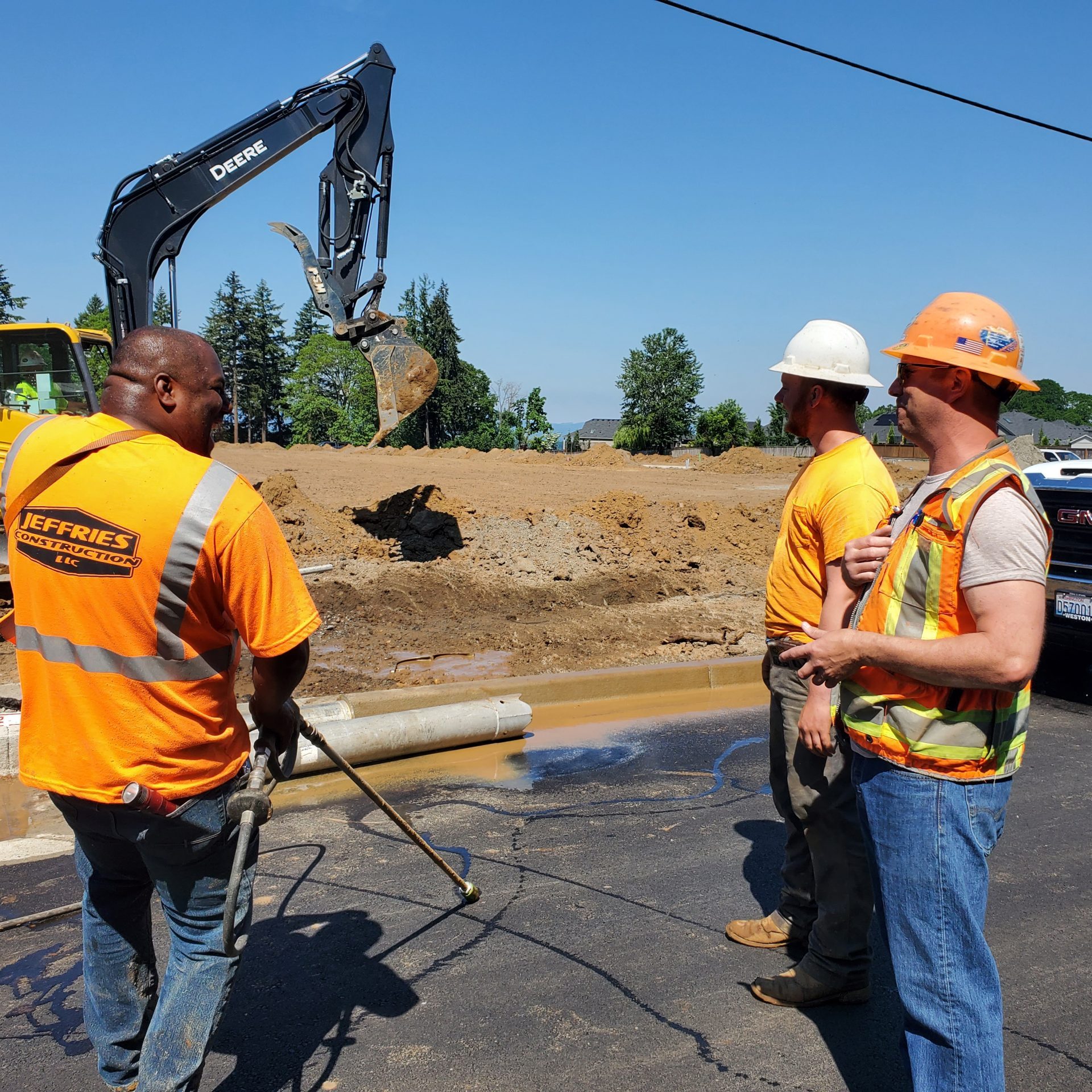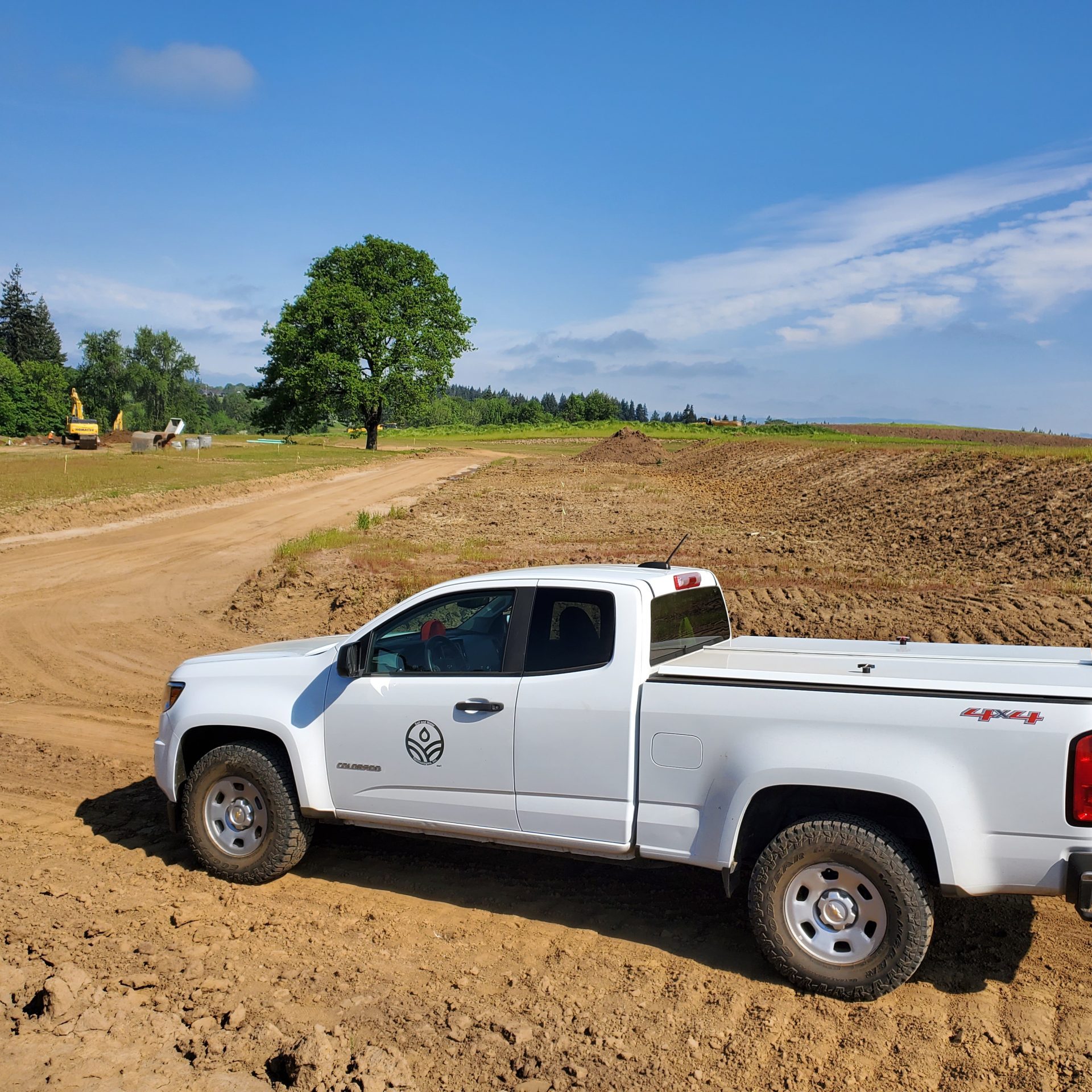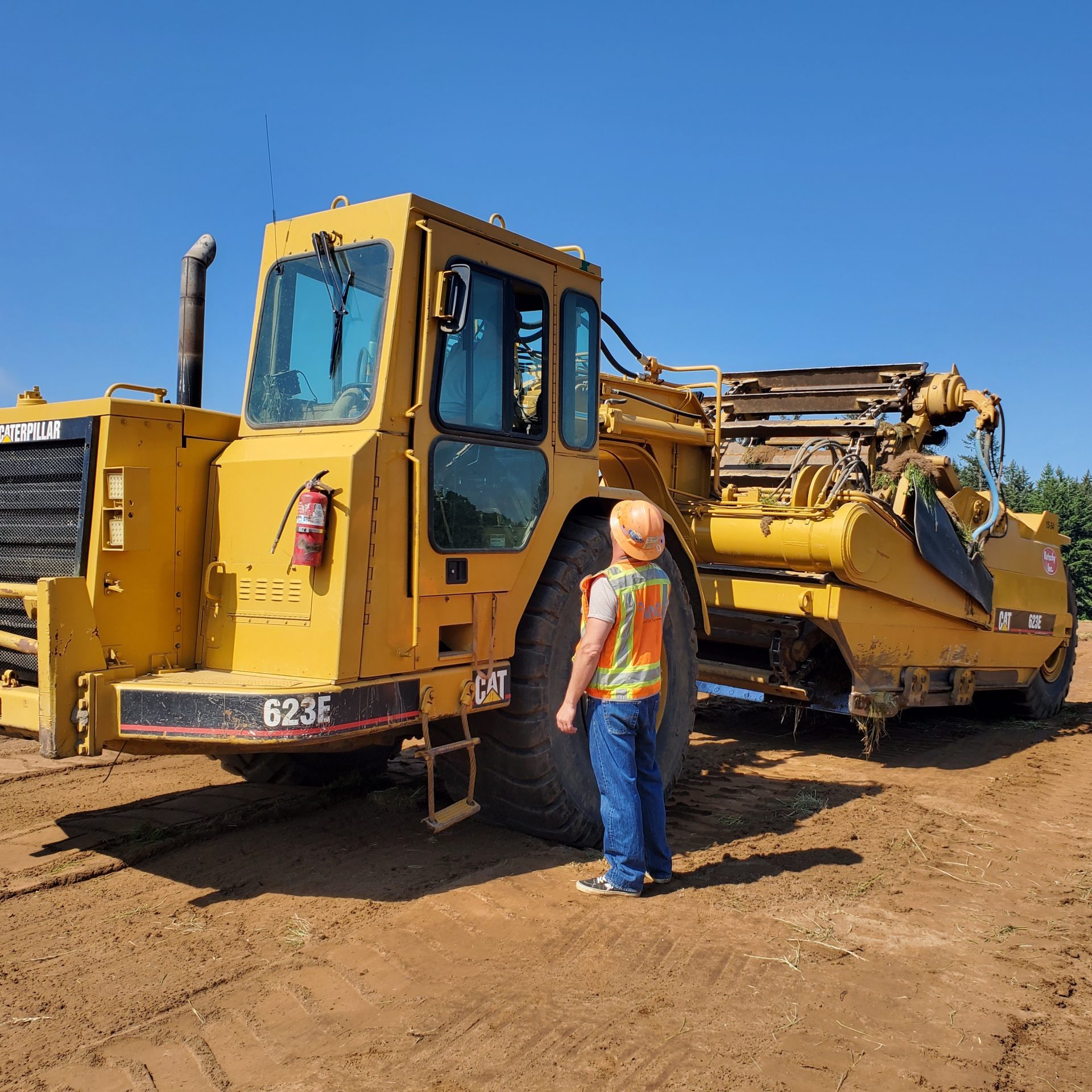Construction Monitoring & Inspection for Site Work Construction
Construction monitoring and inspection for soil and water are crucial components of successful construction projects. Ensuring proper soil stability and minimizing water pollution contribute to enhanced safety, environmental protection, and overall project efficiency. The implementation of monitoring and inspection processes at various phases of construction helps identify potential issues early on, allowing for mitigation measures and corrective actions that prevent costly setbacks and legal complications. Additionally, compliance with local, state, and federal regulations is essential to safeguard against environmental damage while meeting project goals.
Thorough soil and water monitoring and inspection practices not only protect the construction site and surrounding environment, but they also contribute to the long-term sustainability of the project. Properly managing erosion and sediment control during construction reduces potential damage to nearby water bodies and ecosystems, preserving the quality of the natural resources for future generations. Moreover, monitoring soil conditions can help identify building foundation support, potential hazards such as landslides and soil liquefaction, while promoting safety and preventing property loss and/or litigation. By prioritizing monitoring and inspection, construction projects protect the environment while ensuring sound, durable infrastructure.
In addition to environmental sustainability and safety, adhering to construction monitoring and inspection for soil and water also provides financial benefits. By identifying issues early and implementing corrective measures, potential delays and additional expenses can be significantly reduced. Additionally, maintaining compliance with regulatory standards avoids costly fines and legal disputes. Furthermore, effective monitoring demonstrates a company’s commitment to stewardship and responsibility, fostering positive public relations and a strong reputation within the construction industry.
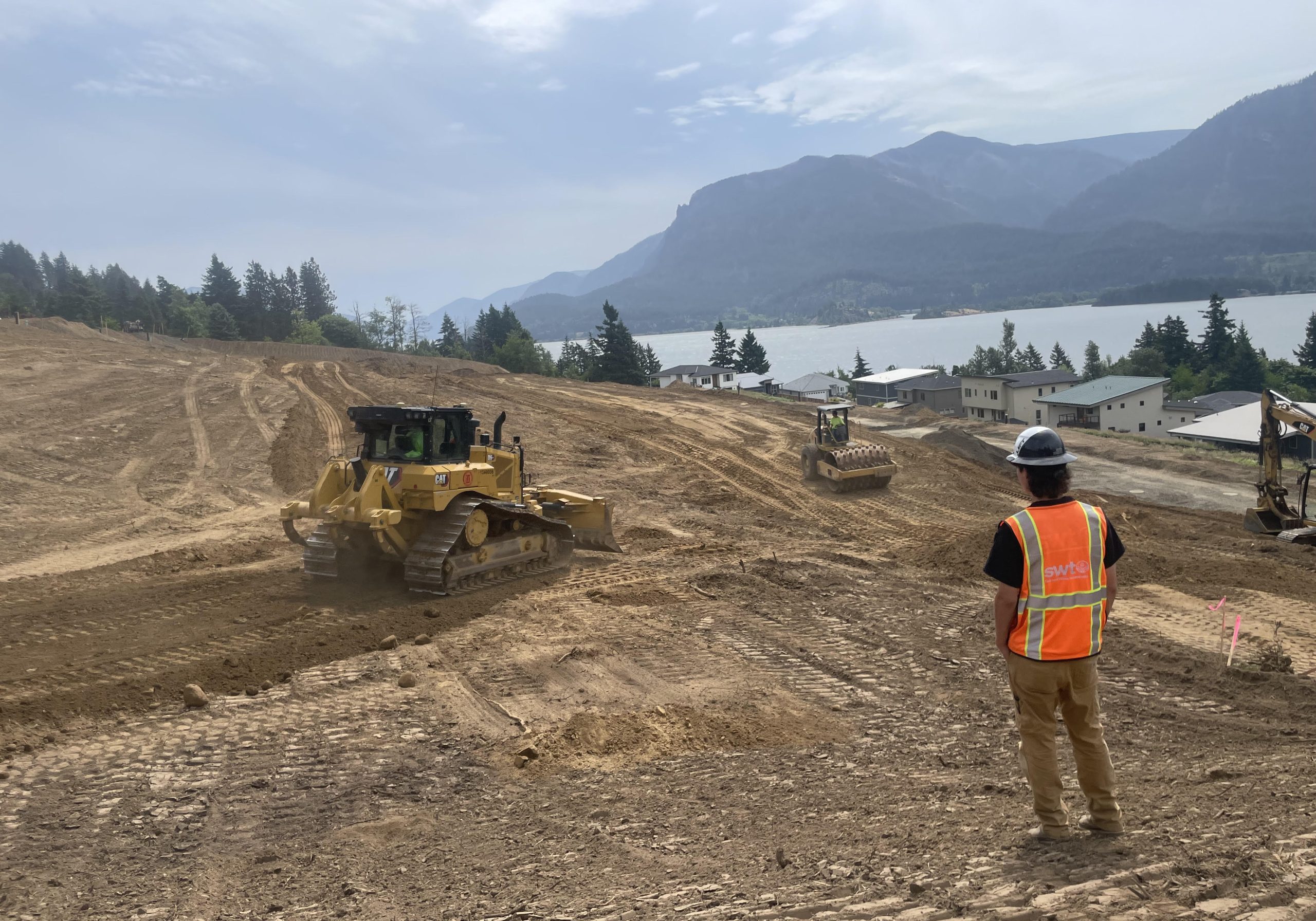
Key Components of Construction Monitoring
Effective construction monitoring and inspection for soil and water involve several key components to ensure project success. First, an appropriate monitoring plan should be developed, outlining specific objectives, methods, and key performance indicators related to soil and water management. This plan should consider project size, location, and potential environmental impacts, as well as be compliant with relevant regulations and guidelines. Establishing a clear monitoring plan promotes accountability and provides a basis for ongoing assessment of project performance.
The selection and use of appropriate technology can greatly enhance the efficiency and accuracy of construction monitoring efforts. Furthermore, trained professionals such as engineers, geologists, and hydrologists may be necessary to effectively evaluate data and recommend appropriate actions.
Another essential component of construction monitoring is regular inspection and documentation during site work construction. Periodic site inspections help ensure that soil and water management practices are in compliance with the monitoring plan and allow for the identification of potential issues. Accurate documentation of inspections serves as a valuable record for project progress and can help demonstrate regulatory compliance. Ongoing communication between stakeholders, including project managers, regulatory agencies, and construction crews, is crucial to keep everyone informed of potential issues and progress toward project goals.
Overview of Soil and Water Monitoring and Inspection
Soil and water monitoring and inspection involve a variety of processes to assess the impact of construction activities on the environment and ensure proper soil stability. Soil monitoring techniques may comprise in-situ tests, such as compaction testing with a densometer gauge and cone penetration tests, to evaluate the properties and load-bearing capacity of the soil. These tests help identify potential stability issues and facilitate proper foundation design. Laboratory tests, such as grain size analysis, in-situ moisture-density, laboratory proctor, moisture content, Atterberg limits, PH tests, are also employed to determine the soil's engineering properties.
Water monitoring and inspection focus on evaluating the quality of surface water, groundwater, and stormwater runoff, as well as the behavior of natural water systems. Water quality tests, such as measuring pH and assessing levels of dissolved oxygen, provide valuable information on the impact of site activities on aquatic ecosystems. Hydrological measurements, including streamflow monitoring and aquifer monitoring, help evaluate how construction projects affect the flow and availability of water resources, ensuring proper management and mitigating potential conflicts with local communities.
To ensure compliance with regulations and maintenance of soil mechanics and water quality, regular site inspections must be completed. Qualified inspectors assess the implementation of compacted structural fill, erosion/sediment control practices, review the calibration and operation of monitoring equipment, and evaluate the overall effectiveness of the planning and management efforts. Test results and Inspection findings may lead to recommendations for improvements in fill placement, BMPs, adjustments to the monitoring plan, or the implementation of additional measures to address unexpected challenges.
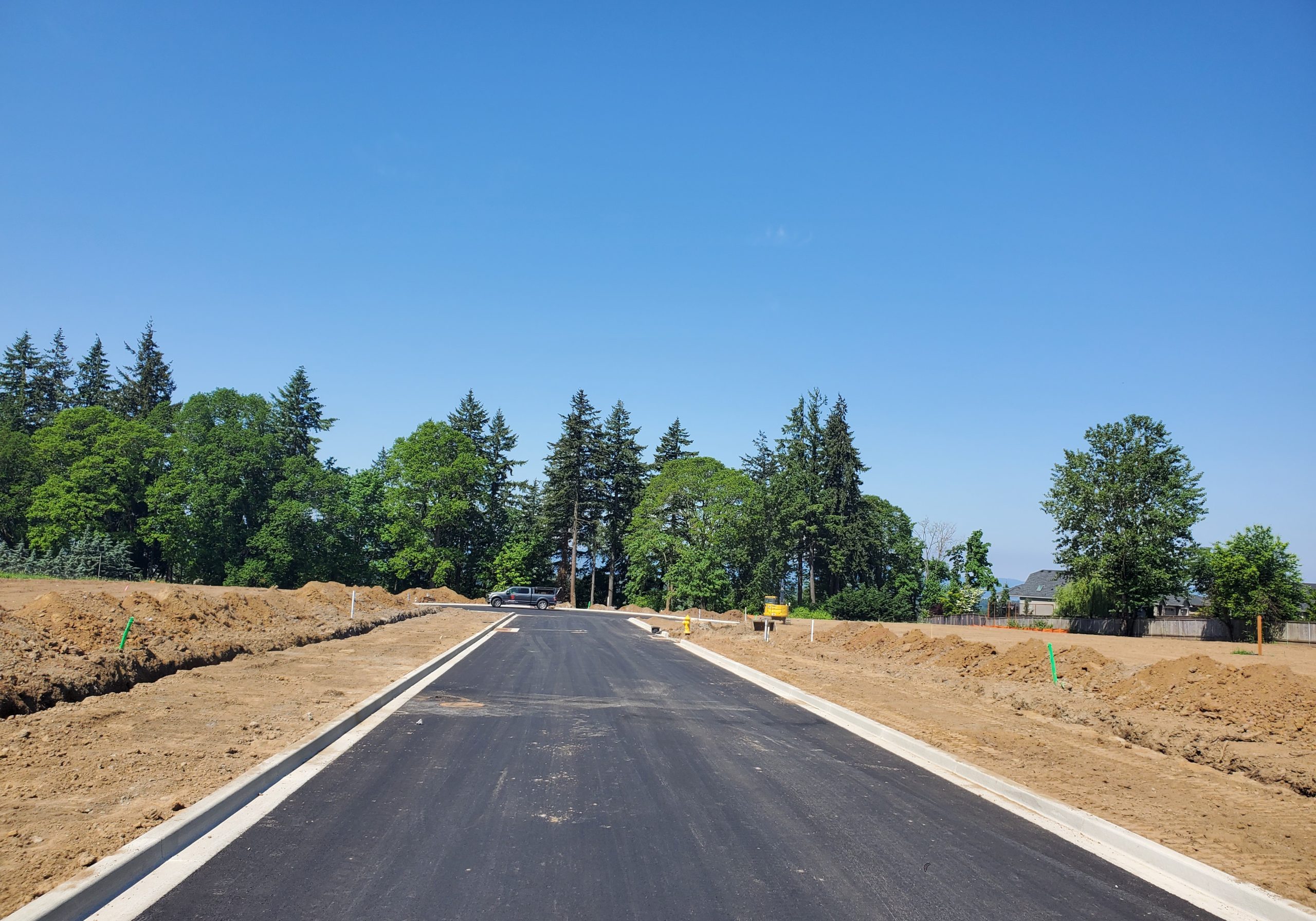
Laboratory Testing Methods
Laboratory testing methods involve collecting soil samples from the construction site and analyzing them in a controlled laboratory environment. These tests provide more detailed and accurate information about the soil's physical, chemical, and engineering properties, enabling engineers and designers to make more informed decisions regarding foundation design, slope stability, and soil improvement techniques. Some common laboratory tests include Atterberg limits, sieve analysis, hydrometer analysis, consolidation test, and direct shear test.
The Atterberg limits test determines the plasticity and liquidity characteristics of fine-grained soils, which are essential factors in understanding soil behavior and engineering performance. Sieve analysis and hydrometer analysis are particle size distribution tests that classify soils according to their grain size and predict their engineering behavior, such as permeability, compressibility, and shear strength. The consolidation test measures the soil's compressibility, rate of deformation, and consolidation characteristics under applied loads, which are critical parameters for settlement analysis and foundation design.
The direct shear test evaluates the soil's shear strength parameters, which are essential in slope stability analysis, bearing capacity calculations, and lateral earth pressure determination. Laboratory testing methods offer several advantages in construction monitoring and inspection for soil and water, as they provide detailed and accurate data on various soil properties. These tests help engineers characterize the soil and investigate its suitability for various construction applications, ultimately ensuring the safety and longevity of the structures being built.
Streamflow Monitoring
Streamflow monitoring is vital to understanding the dynamics of watercourses, evaluating water resources, and identifying potential impacts of construction activities. This process typically involves the continuous measurement of water level (stage) and velocity to calculate discharge, which is the volume of water passing through a section of the stream per unit time. There are various methods and techniques used to measure streamflow, including direct, indirect, and remote sensing approaches.
Direct methods for streamflow monitoring involve deploying instruments such as current meters, acoustic Doppler current profilers (ADCPs), or velocity-area sensors within the stream itself. These devices can provide continuous, real-time data on water velocity and depth. By measuring these parameters at multiple points across a stream cross-section, the total discharge can be calculated. This approach is particularly useful for monitoring smaller streams or assessing site-specific changes in flow patterns due to construction or improvements.
Indirect methods, such as rating curves or hydraulic models, can be used to estimate streamflow based on water level data from stream gauges. Rating curves are developed by correlating observed water levels with corresponding discharge measurements. These relationships can then be used to estimate streamflow based on ongoing water level data. Similarly, hydraulic models use mathematical equations to describe the relationship between water level, channel shape, and discharge. While indirect methods may require less fieldwork and instrumentation, their accuracy depends on the quality of the input data and the assumptions made when developing the models.
Groundwater Monitoring
For aquifer and groundwater monitoring, various methods can be employed to assess water levels, quality, and flow characteristics in underground formations. Monitoring wells and piezometers are the most common instruments used for in-situ measurements of groundwater levels and quality. They can be installed at various depths and locations within the aquifer, providing detailed information on the spatial and vertical distribution of groundwater. Water level data can be collected manually or automatically using data loggers or remote telemetry systems, while water quality samples can be manually collected from the wells and analyzed for desired parameters.
Regulatory Framework for Soil and Water Monitoring
Environmental Protection Agency (EPA) Standards
The Environmental Protection Agency (EPA) plays a crucial role in establishing and enforcing standards for soil and water monitoring in the United States. They develop regulations that set legal limits on the concentration of pollutants in soil and water to ensure environmental protection and public health. The EPA standards include the National Pollutant Discharge Elimination System (NPDES) permits, which regulate the discharge of pollutants from construction sites and other sources into water bodies.
The EPA also oversees the Clean Water Act, which governs the quality of water bodies in the United States. This act establishes the framework for the regulation of pollutant discharges, requiring all construction sites to have a Stormwater Pollution Prevention Plan (SWPPP) to minimize the impact of construction activities on water quality. The SWPPP must be consistent with EPA guidelines and contain erosion and sediment control practices to prevent pollution from entering nearby water bodies.
In addition to federal regulations, the EPA works in collaboration with state and local agencies to develop specific water quality standards and monitoring requirements for their respective regions. The EPA provides guidance and support to these agencies, ensuring that construction monitoring and inspection practices meet the necessary standards for soil and water protection. Compliance with EPA standards is crucial for construction projects, as violations can result in fines, penalties, and even project shutdowns.
State and Local Requirements
State and local government agencies often have their own requirements for construction monitoring and inspection of soil and water, in addition to federal regulations. These agencies may establish more stringent or specific standards based on local environmental conditions and concerns, making it essential for construction professionals to familiarize themselves with all applicable requirements in the area where their project is taking place.
For example, the New York State Department of Environmental Conservation (DEC) mandates the development and implementation of a Stormwater Pollution Prevention Plan (SWPPP) for certain construction projects, with practices consistent with the New York Standards and Specifications for Erosion and Sediment Control. Similarly, the Georgia Soil and Water Conservation Commission requires individuals involved in land-disturbing activities to meet specific education requirements and be certified through their program.
Compliance with state and local regulations not only ensures the protection of soil and water resources but also helps construction projects avoid potential legal and financial complications. By understanding and adhering to all relevant requirements, construction professionals can contribute to a sustainable and responsible construction industry that safeguards the environment and surrounding communities.

The Significance of Construction Monitoring and Inspection for Soil and Water
Construction monitoring and inspection for soil and water serve as a vital component in the overall success and sustainability of construction development. With systematic monitoring, inspection, and documentation processes in place, potential issues can be addressed early on, helping to minimize negative infrastructure, environmental and financial impacts. By maintaining compliance with local, state, and federal regulations, construction professionals can ensure they meet project goals while safeguarding public safety and preserving natural resources.
Construction monitoring, real-time communication, advanced testing techniques, and innovative technologies have led to improvements in soil and water elements, promoting efficiency, accuracy and profitability in the construction industry. As a result, these developments provide a solid foundation for responsible and sustainable construction practices that protect both the financial investment, environment and the long-term durability of built infrastructure.
The commitment to thorough construction monitoring and inspection for soil and water not only fosters positive public relations but also demonstrates a company’s dedication to responsible stewardship. In a rapidly changing world, prioritizing environmental protection and safety is essential for maintaining a strong reputation within the construction industry and ensuring long-lasting project success.
We do what you need done
- NPDES Permitting, National Pollutant Discharge Elimination System (NPDES), EPA. What is NPDES? The NPDES permit program addresses water pollution by regulating point sources that discharge pollutants to waters of the United States.
- Turbidity Testing & PH Testing
- Erosion Compliance Inspection
- State & Federal Agency Correspondence
- Slope stability analyses
- Site reconnaissance
- Geotechnical engineering studies
- Retaining wall design
- Deep foundation design
- Micro pile design
- Helical earth anchor design
- Infiltration testing
- Soil science
- Soil laboratory testing
- Streambank restoration
- Compaction testing
- Special inspections
- Concrete testing
- ACI, American Concrete Institute
- Reinforced steel inspection
- ASTM, American standards testing methods.
- Construction Monitoring
- Earthwork construction
- QC, quality control
- QA, quality assurance
- Compaction testing
Trusted By Our Industry
We are in the field with you
